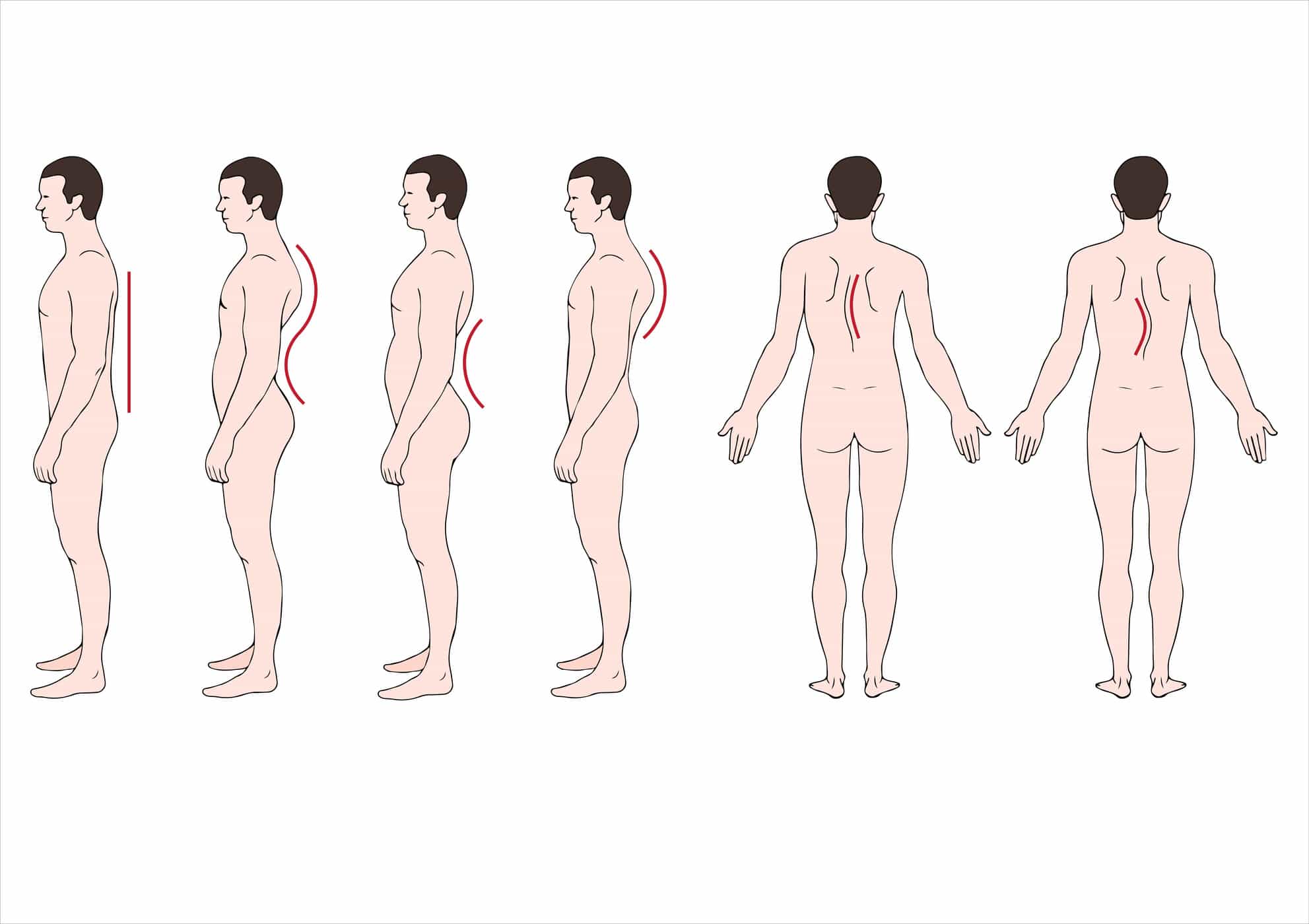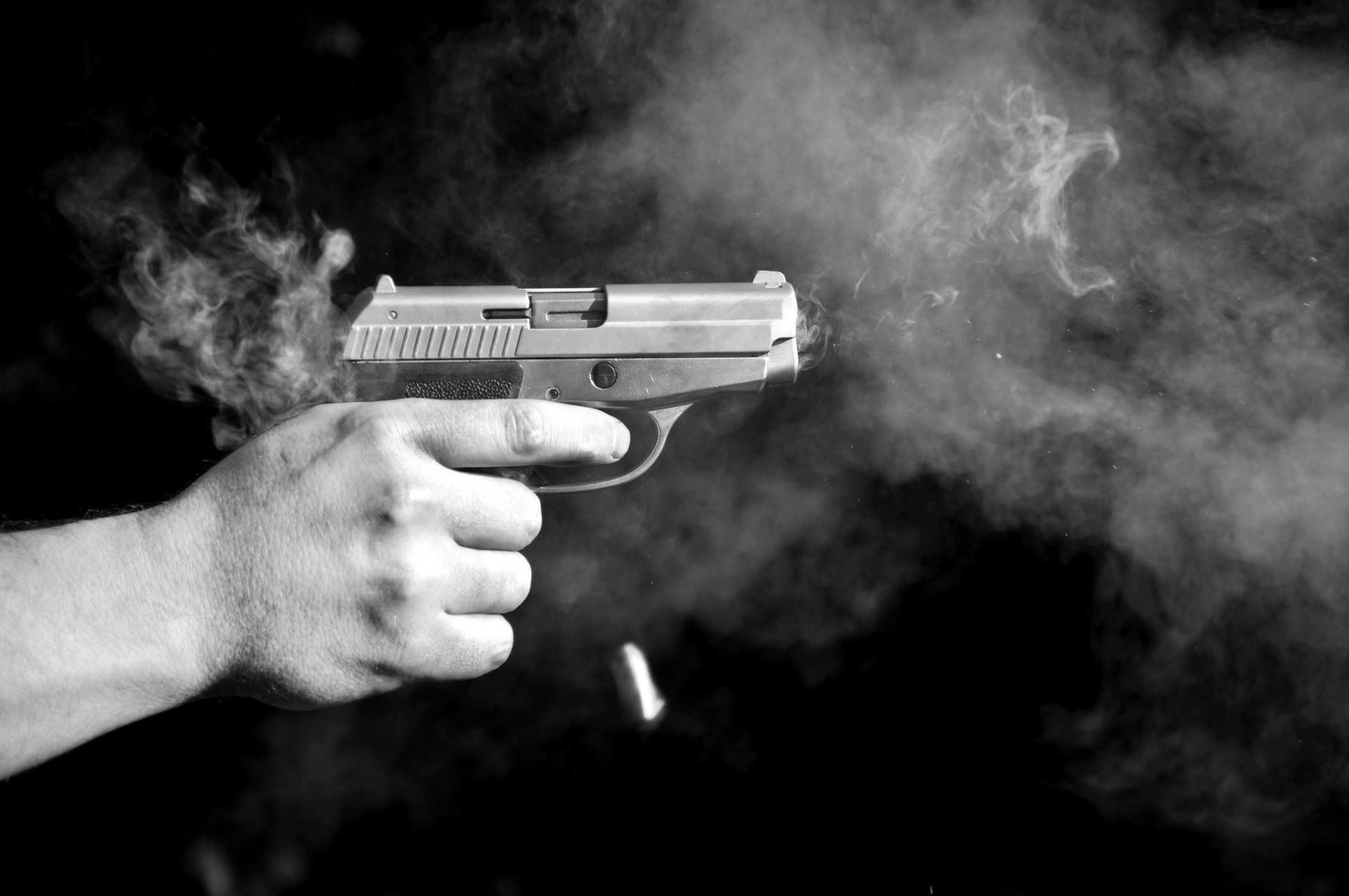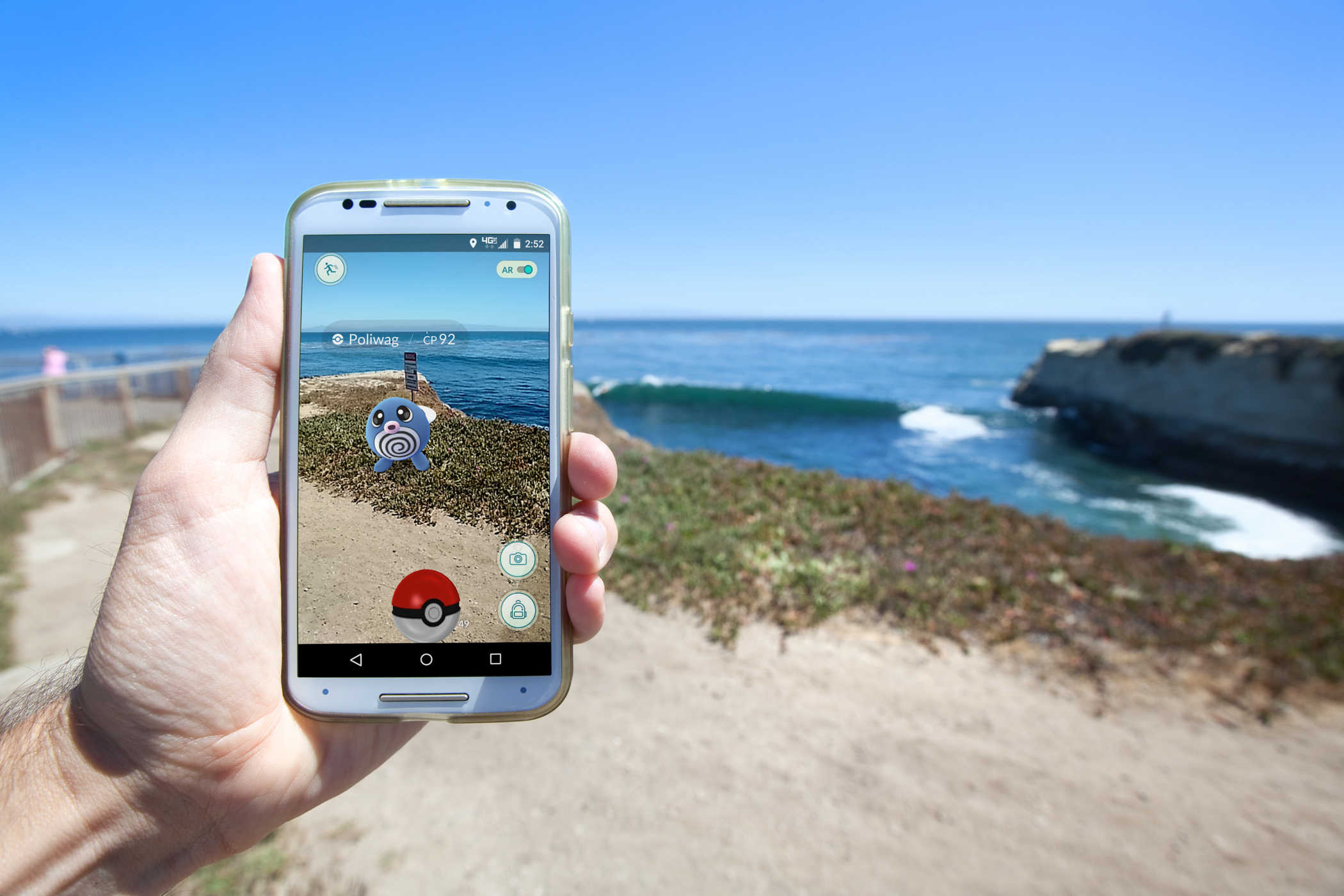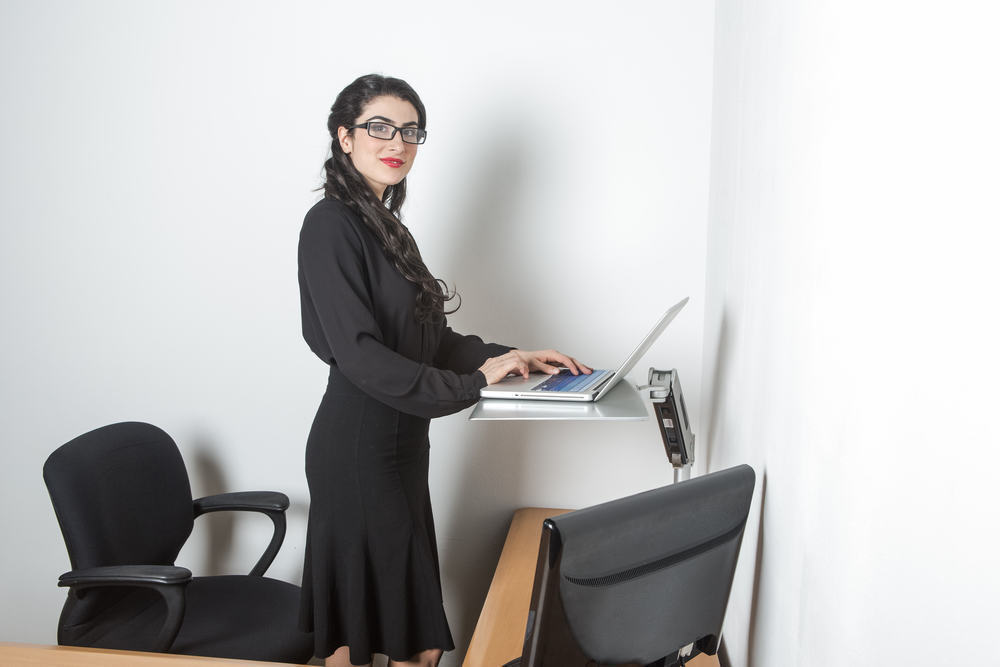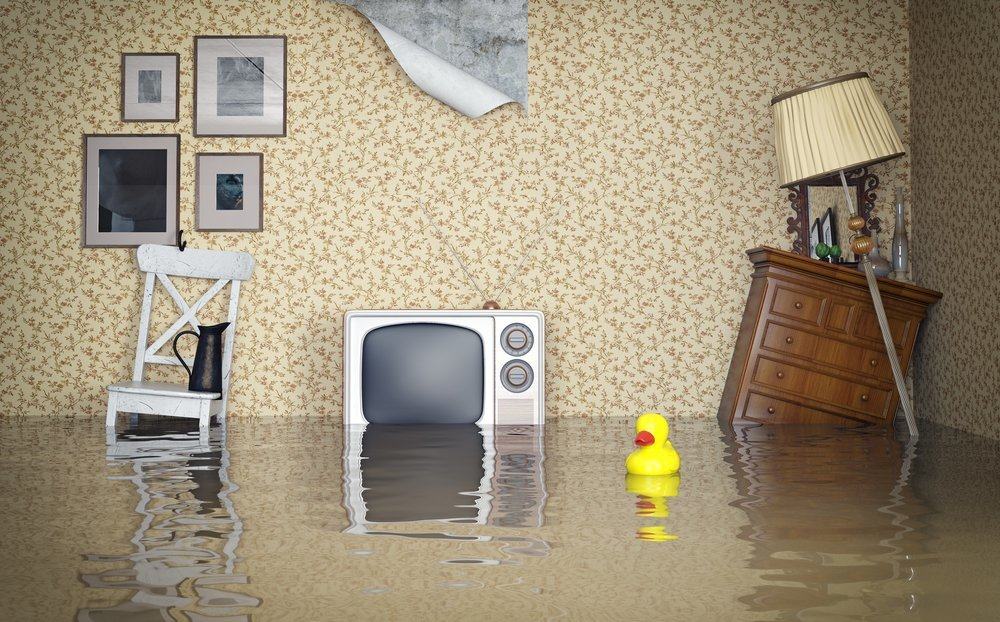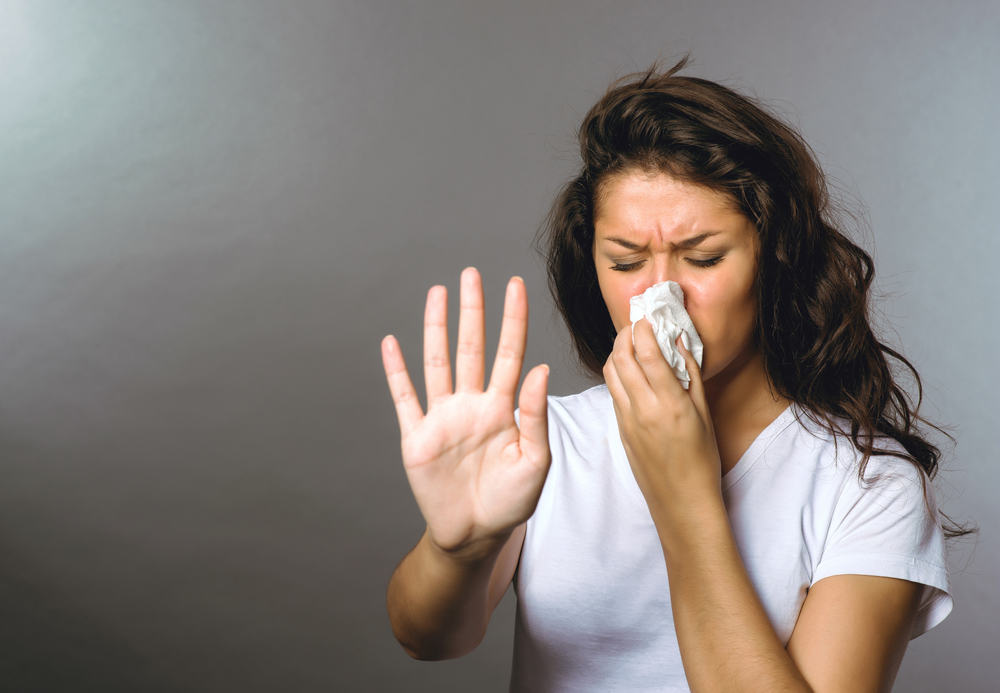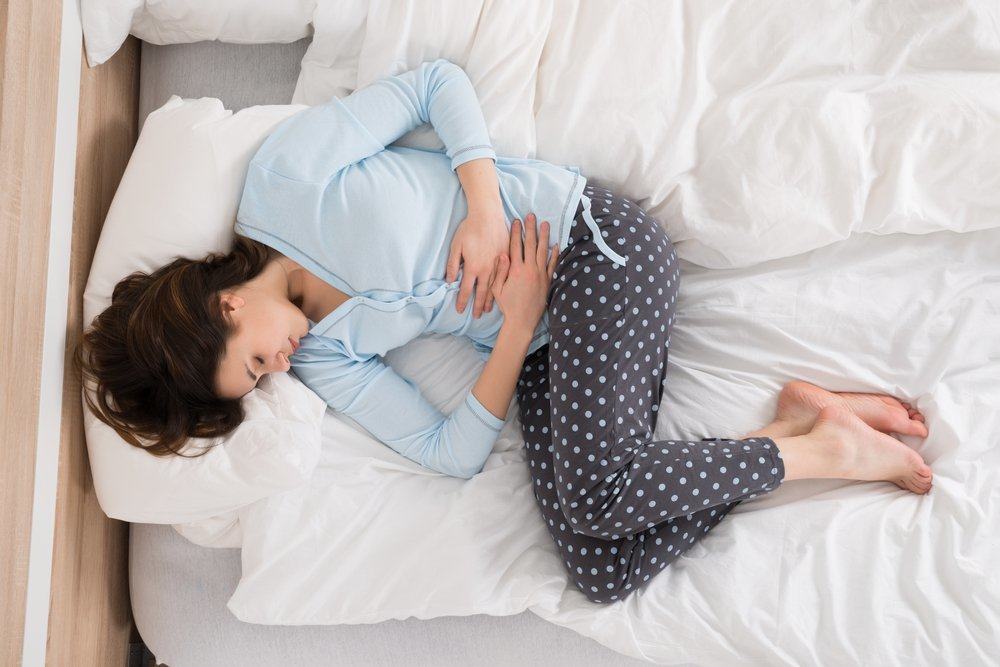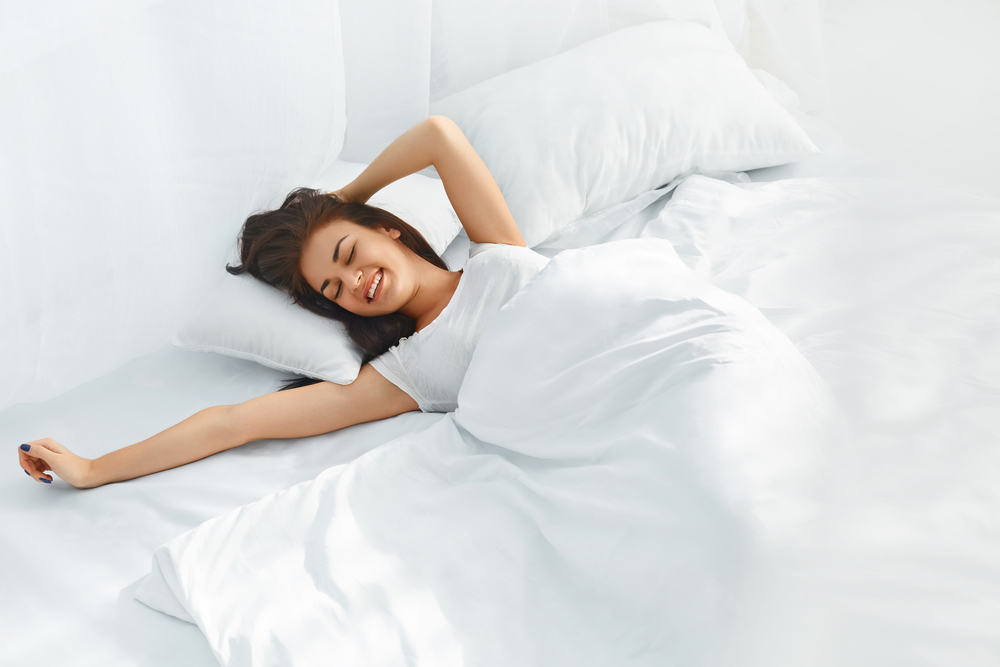Contents:
- Medical Video: Scoliosis | Scoliosis Surgery | Nucleus Health
- Various abnormalities in the spine
- Scoliosis
- Kyphosis
- Lordosis
- Am I having a spinal disorder?
Medical Video: Scoliosis | Scoliosis Surgery | Nucleus Health
The body consists of irregularly arranged bones to support the body. Incorrect or incorrect bone position can affect your posture, including the position of the bones in the spine. Normally, the spine is indeed a little curved to help move the body. However, unusual curvature of the spine can cause spinal abnormalities.
Various abnormalities in the spine
The spine consists of small bones that overlap with one another. Normally, the spine is parallel, straight down, and slightly curved. Spine that has a disorder has excessive curvature so that the bones become out of alignment.
Scoliosis
People with scoliosis have a curved spine to the side. Bone arches can be shaped like letters S or C. The angle of curvature in scoliosis can occur in small to large ranges. But, if the curvature has reached more than 10 degrees, then this is already considered scoliosis. People with scoliosis can be seen from their uneven shoulders or hips.
Scoliosis can be caused by a variety of factors, such as:
- Genetic from family
- Abnormalities in the development of the spine while in the uterus (congenital scoliosis)
- Injury
- Infection
- Birth defects
- Muscle dystrophy
- Cerebral palsy
- Marfan syndrome
- Down syndrome
- Functional, like one leg is longer or a muscle spasms
Kyphosis
Curvature that occurs in the upper back (more than 50 degrees) is called kyphosis. People with kyphosis can be seen from their bent posture. Kyphosis is most common in older women, this is related to age and osteoporosis.
Some things that can cause kyphosis are:
- Poor posture
- Arthritis
- Osteoporosis
- Spina bifida, a birth defect that forms a gap in the baby's spine
- Scheuermann's disease, a condition that causes the upper spine to rise, like a hump
- Spinal infections
- Tumor in the spine
- Abnormal development of the spine during pregnancy (congenital kyphosis)
Lordosis
Lordosis occurs if the spine in the lower back is curved forward excessively. Normally, the bones in the lower back are indeed curved, but if the arch is too deep, this is called lordosis. Lordosis can affect your lower back and neck.
Lordosis can be caused by many things, such as:
- Achondroplasia, where the bones grow abnormally due to genetic mutations, so that it will produce a short stature
- Spondylolisthesis, where the spine slips forward, causing curvature
- Osteoporosis
- Muscle dystrophy
- Obesity
- Discitis, inflammation of the space between the spine
Am I having a spinal disorder?
To find out if you have a spinal disorder or not, you can see a doctor. Doctors can diagnose spinal disorders by taking your and your family's medical history, doing a physical examination, and using X-rays. X-rays can show whether there is a disruption in the spine and can also measure how much spinal curvature occurs.
In addition, you can also see the signs, such as:
- Signs of scoliosis: shoulders and hips look out of alignment (one side looks taller), body tends to be tilted to one side
- Signs of kyphosis: the head looks more forward than other parts of the body, the upper back looks more curved
- Sign of lordosis: the gap between the lower back and the floor when lying on a flat surface, the buttocks are more prominent

